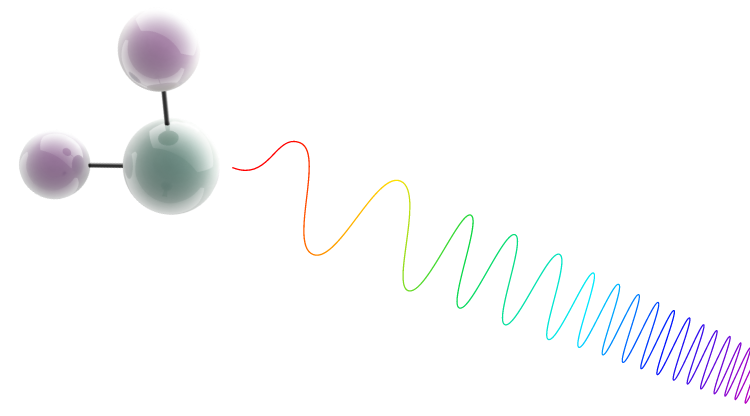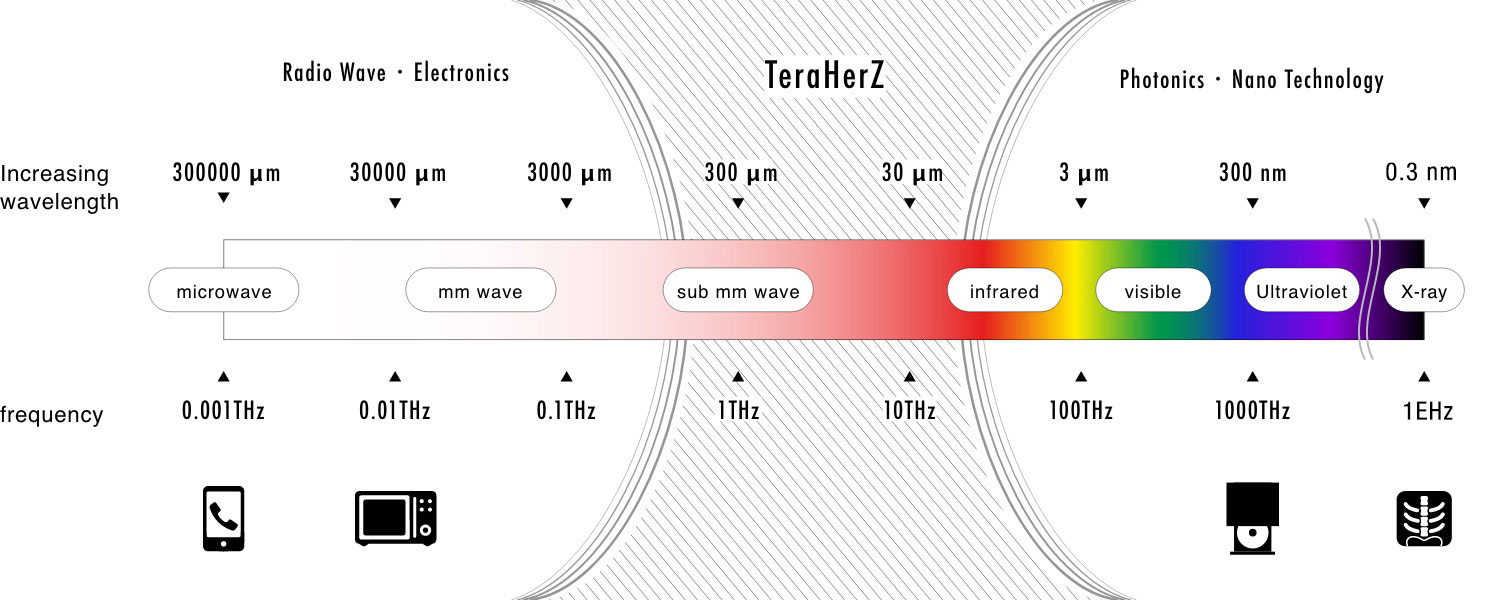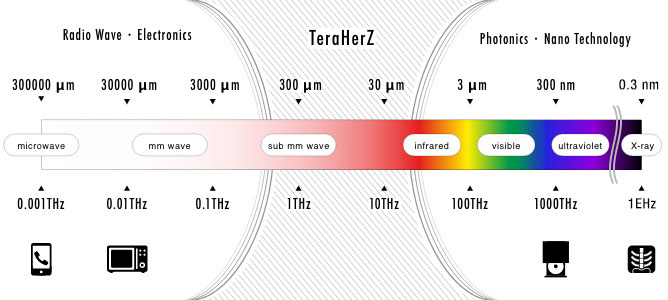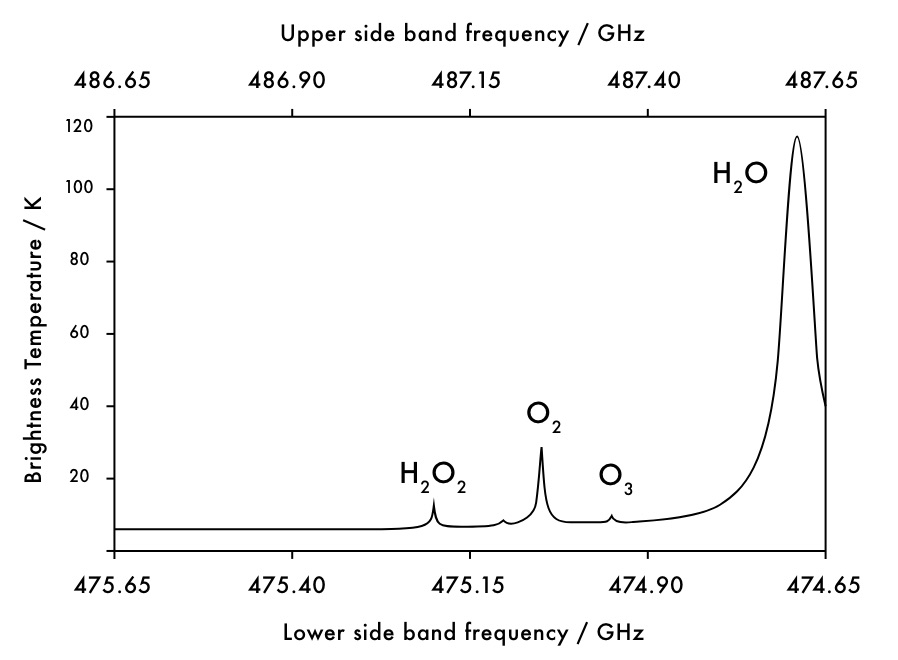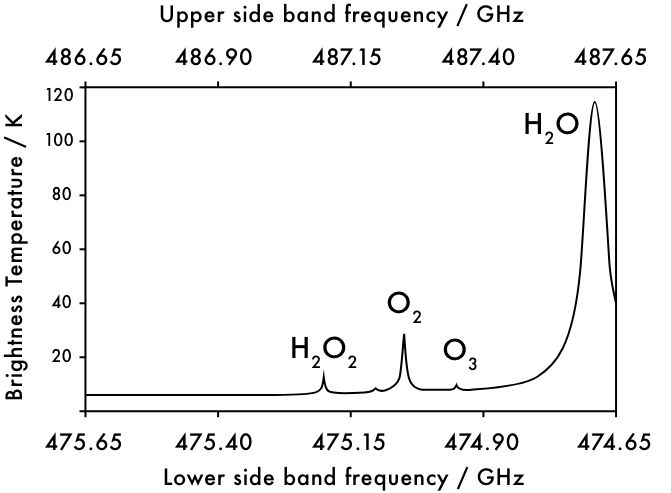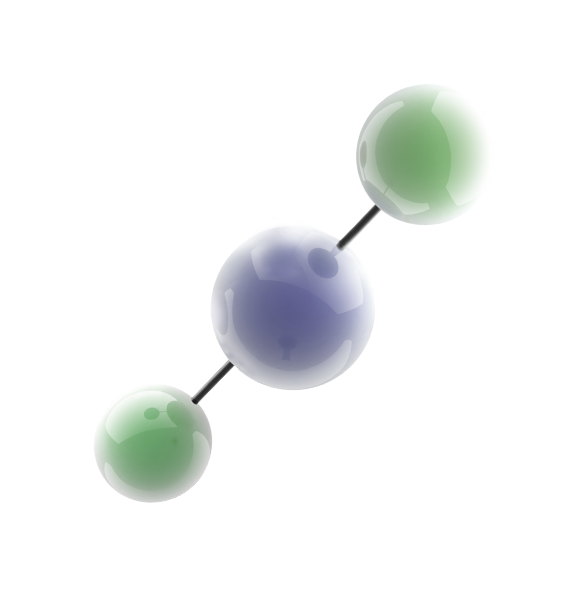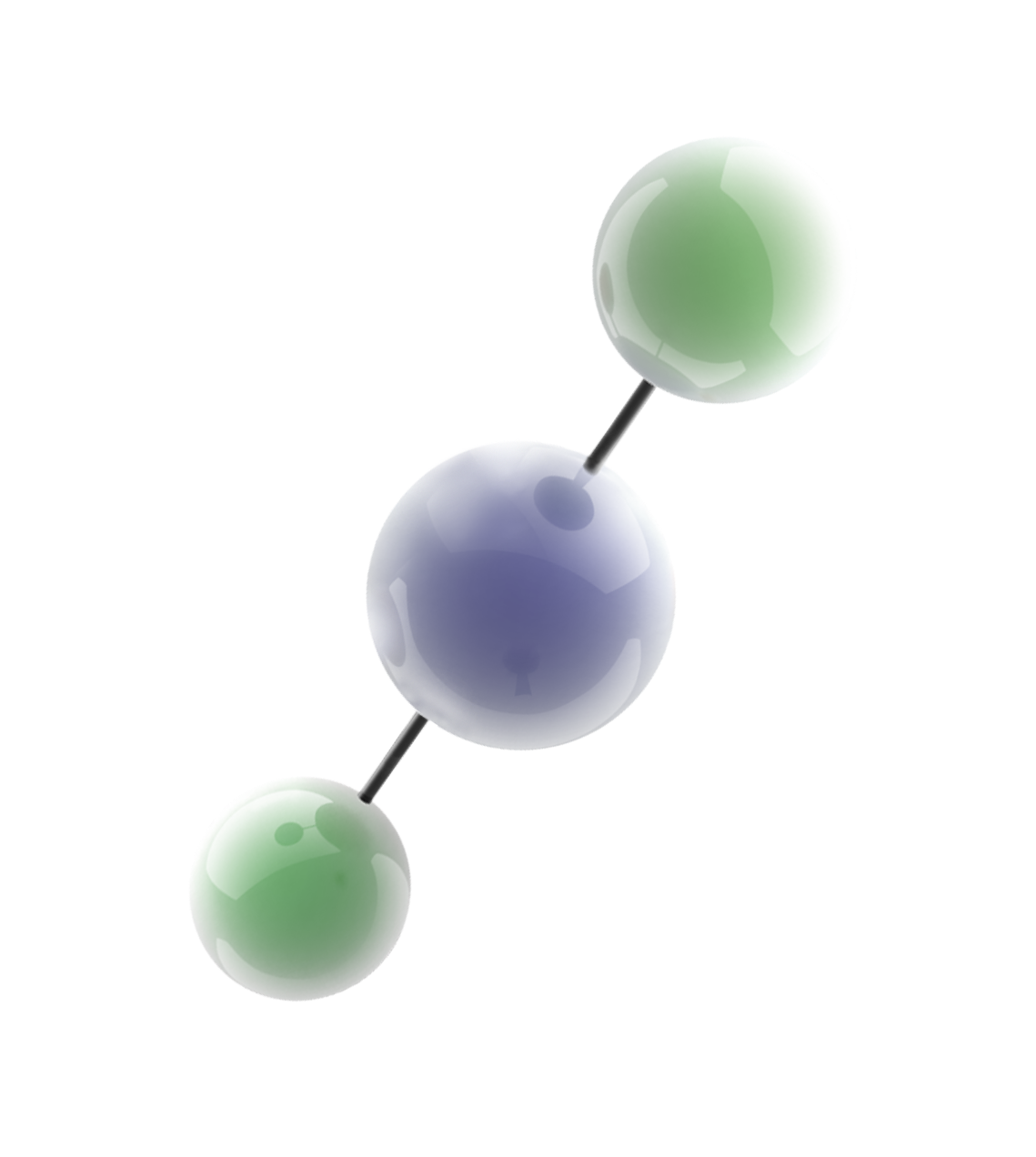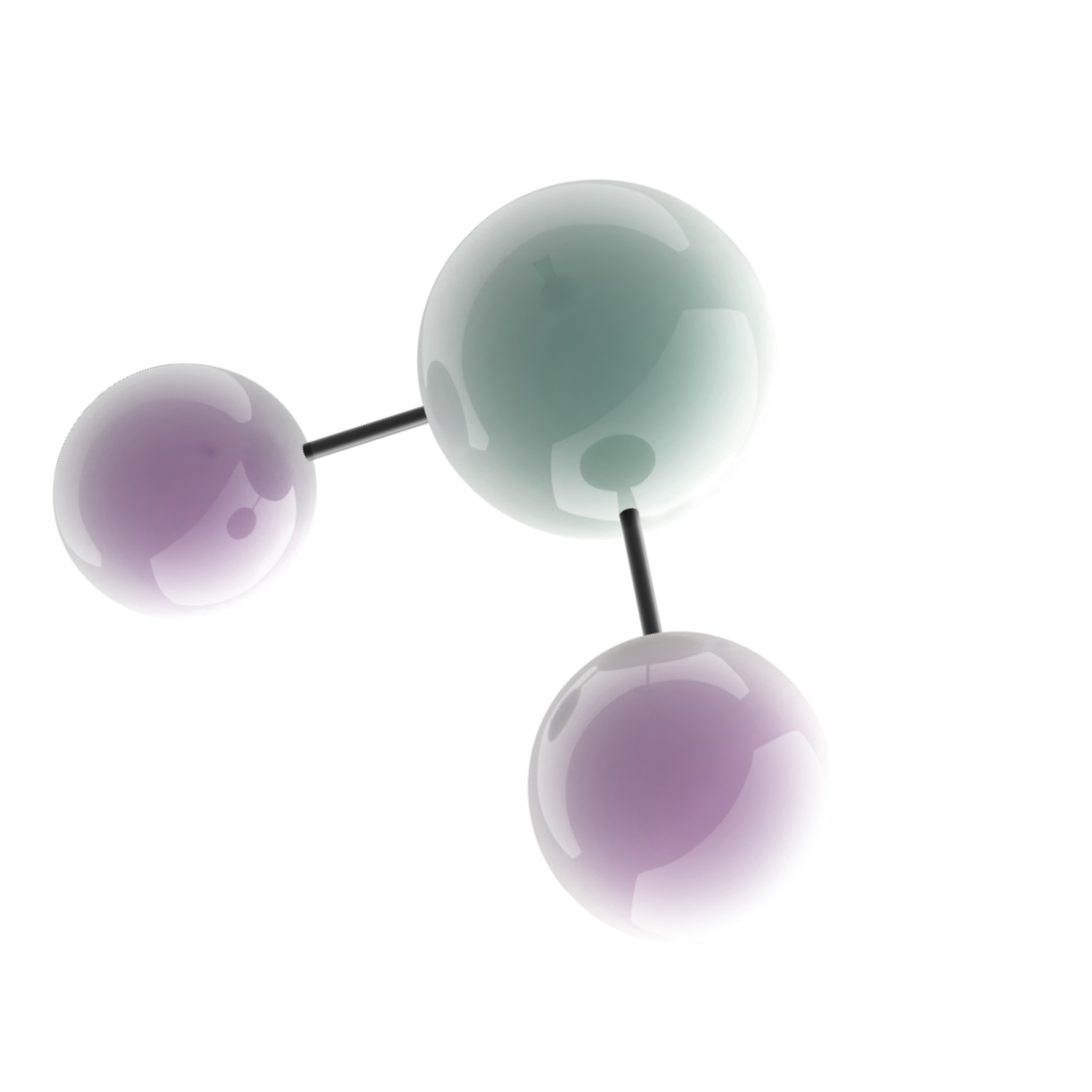Remote Sensing:
See with
Electromagnetic Waves
Remote sensing is a technology to "see" what human cannot see. We do it with electromagnetic waves. When we see at something, we use a kind of electromagnetic wave called visible light, from red to purple. We see by collecting the light with “lenses” in our eyes, receiving the signals from sensors in our retinas, and processing them in our brains.
In the same way, we can see with other electromagnetic waves, such as infrared, ultraviolet, X-ray, microwaves or terahertz waves. Using wave collectors and sensors that correspond to each frequency, we can see the world through the eyes of each frequency.
Using different frequencies, the world seems completely different. Even transparency depends on the frequency.
For example, our skin appears opaque with visible light, but it is transparent with X-rays. On the other hand, the UV-cut glass used in car windows appears transparent with visible light, but it is opaque with ultraviolet light.
All materials emit electromagnetic waves of their own frequencies. When we emit light or radio waves to a material, it reflects only the frequency of their own. This property can be used to guess what kind of material the object is made of.
With terahertz waves we can observe absorption peaks caused by intermolecular vibrations so that we can detect low-mass molecules, ions and short-lived radicals (*) in the atmosphere.
*Radicals: Substances that are chemillay highly reactive and unstable and
therefore have short lifetime, such as OH, HO2, ClO, BrO.






